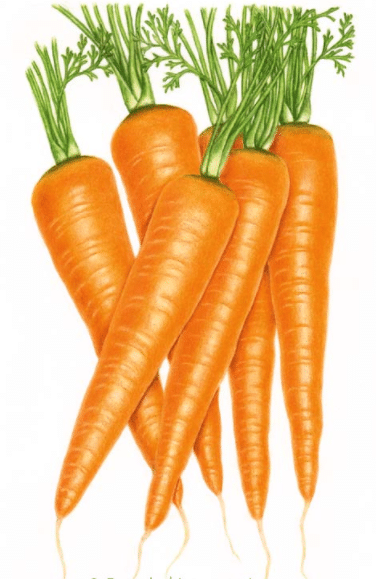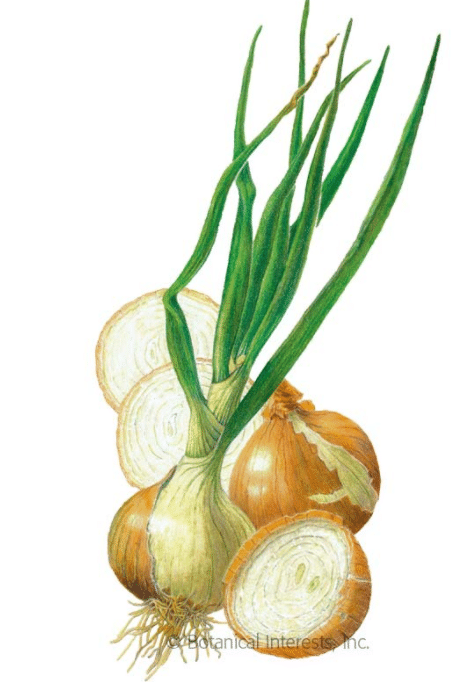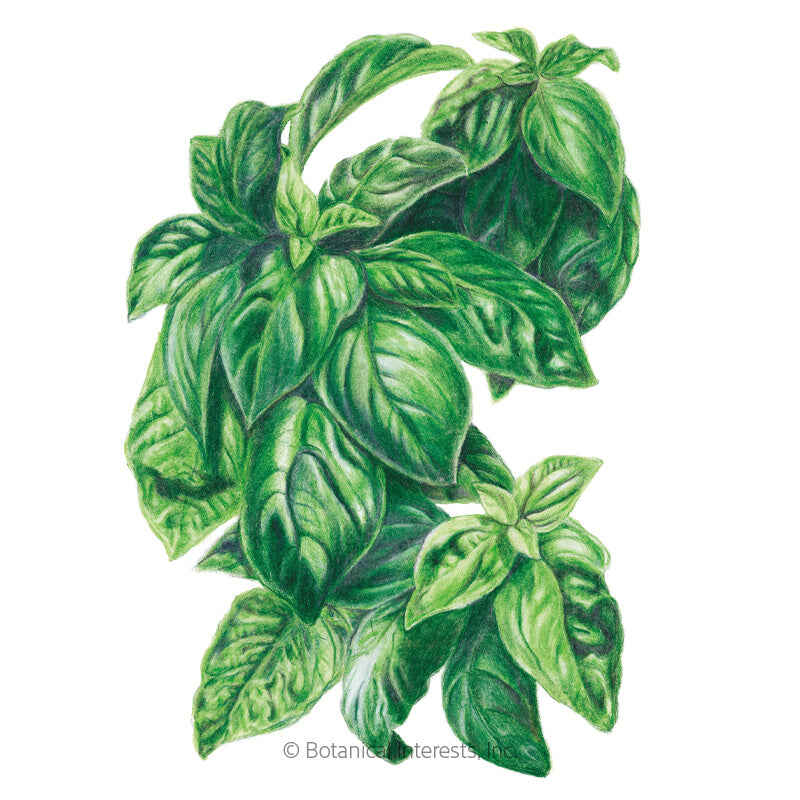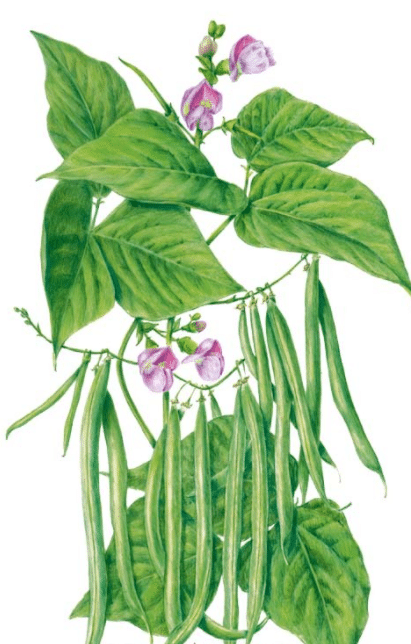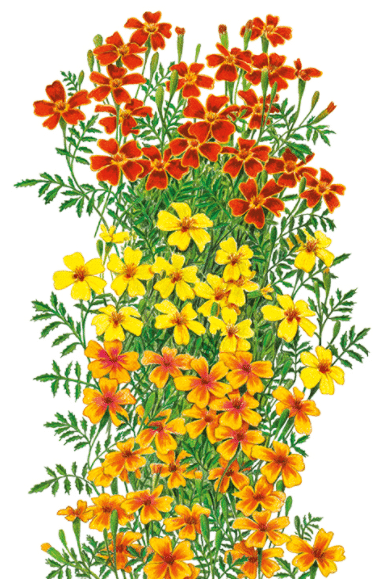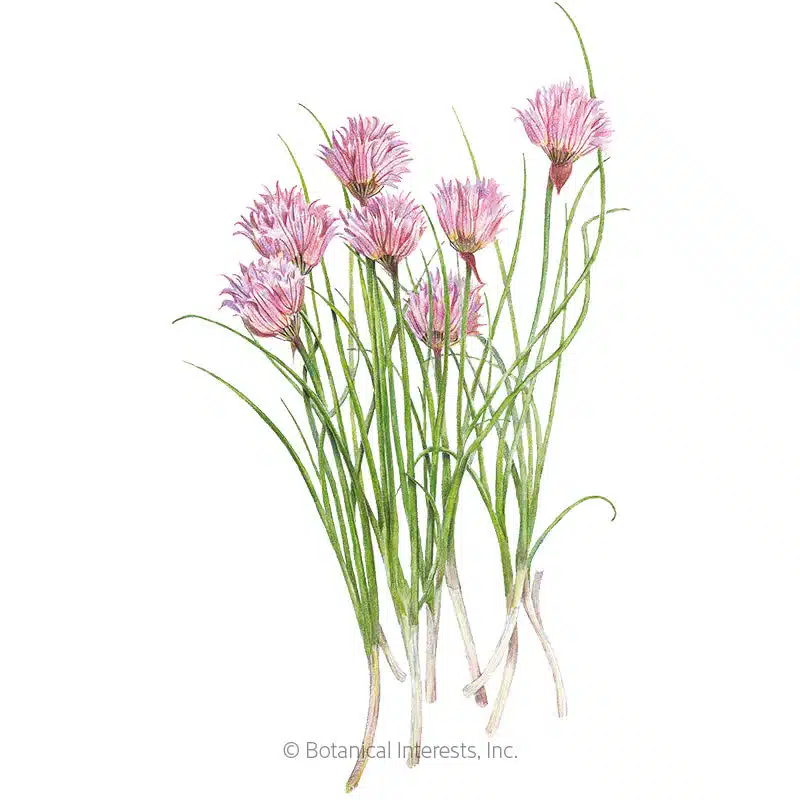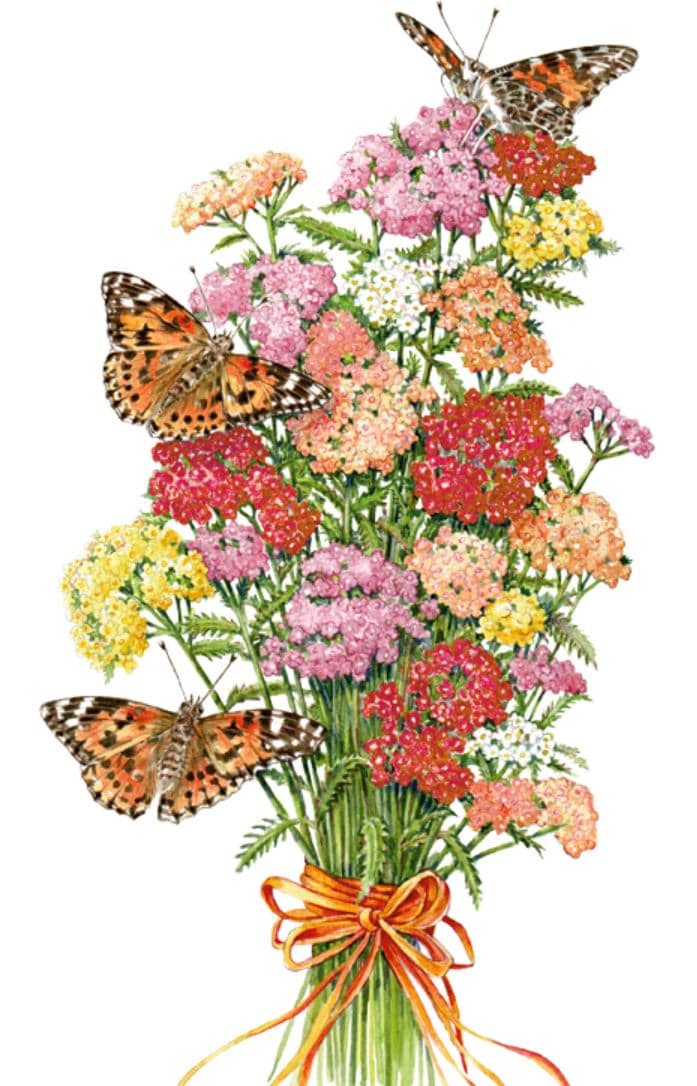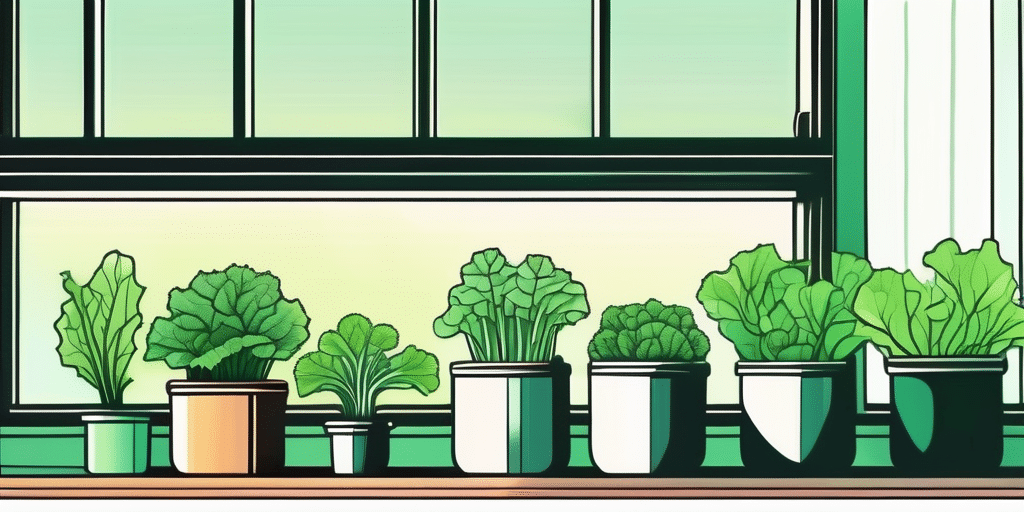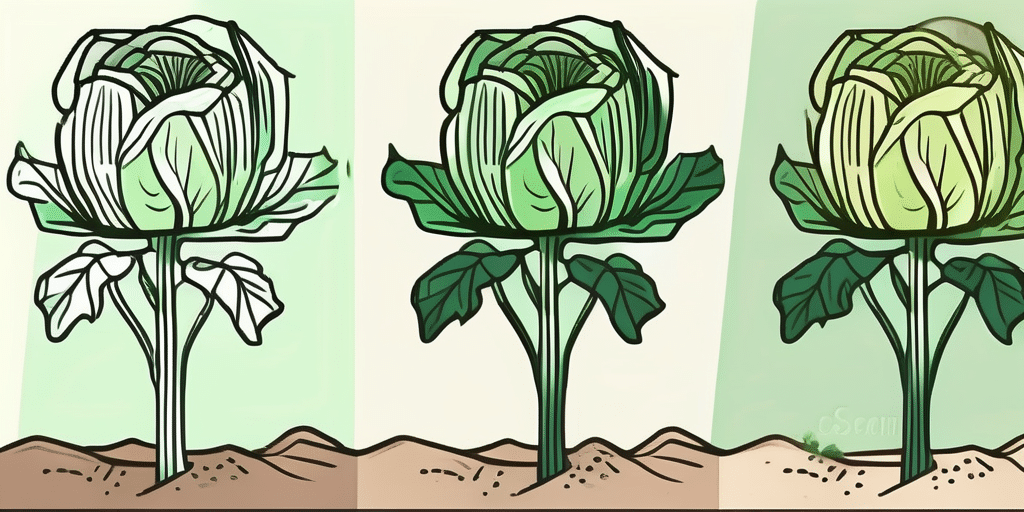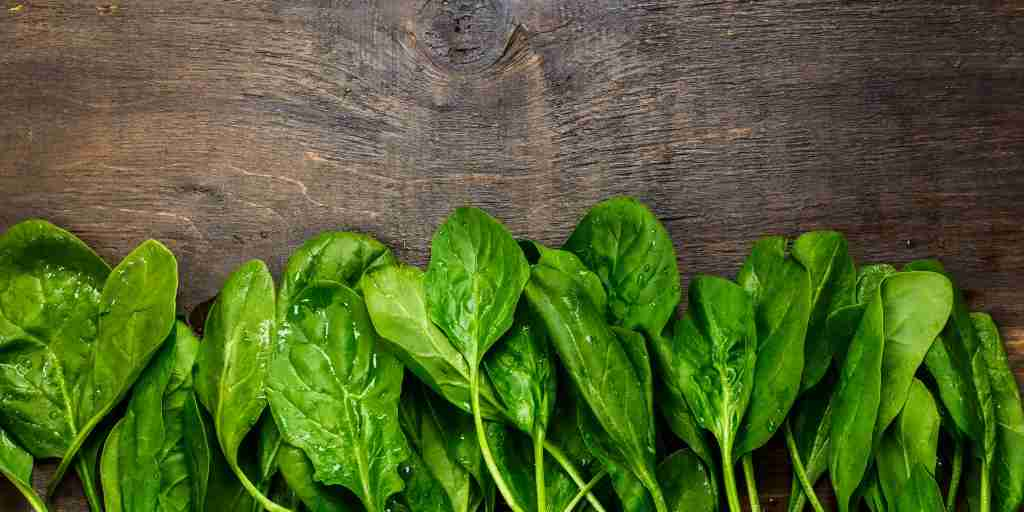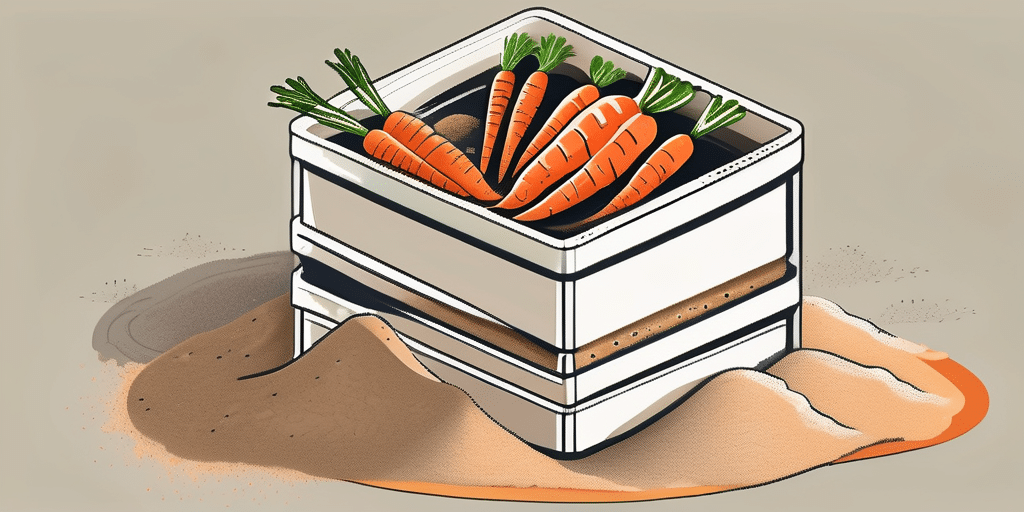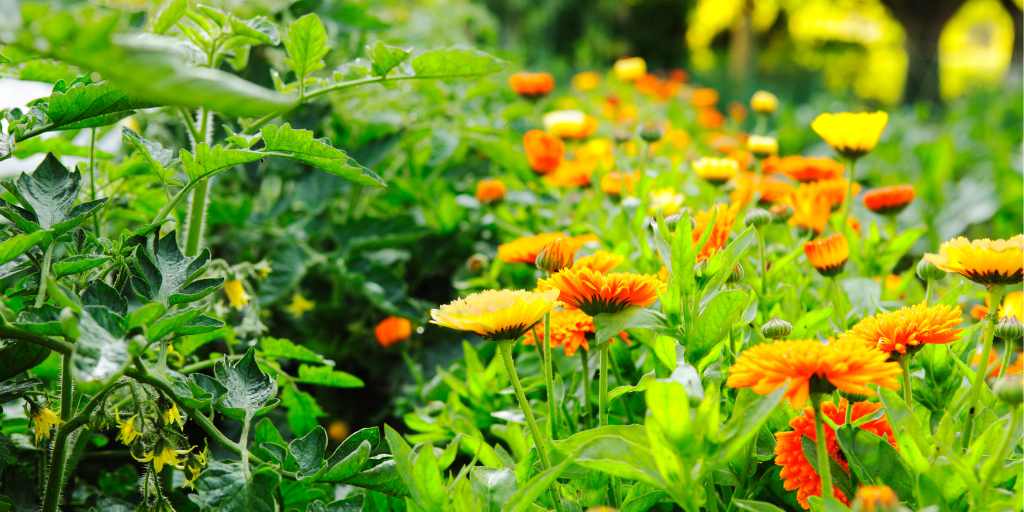
In this guide, we'll discuss the concept of companion planting for tomatoes. Companion planting is the idea that certain plants are beneficial to plant near tomatoes in your garden because of particular attributes. For example, certain herbs may be able to repel common tomato pests. In my personal experience, I have seen very little benefit to most companion planting suggestions in my garden. For example, dill is said to repel aphids and offer similar protection to tomato plants when planted nearby; however, in practice, both my dill and my tomato plants were covered in aphids! With that said, companion planting can be beneficial in some cases. Most importantly, you should know which plants you SHOULD NOT plant near tomatoes because they may have detrimental effects on your plant. Let's dive in!
Snapshot: Best & Worst Tomato Companion Plants
Best Companions:
Best tomato companion plants are carrots, bush beans, chives, garlic, basil, marigolds, and nasturtiums.
Worst Companions:
Worst tomato companions include dill, fennel, potatoes, eggplants, sunflowers, and brassicas.
Neutral Companions:
Friendly companions that grow well with tomatoes include most herbs (except the herbs listed above), onions, radishes, and lettuces.
How to Choose Tomato Companion Plants?
When choosing your companion planting strategy, you should focus on areas of your tomato garden which need the most support. For example, are you struggling with tomato pests? Then focus your companion planting effort on plants which are thought to repel pests or attract beneficial predators which prey on those pests. Need a boost of nitrogen in your soil? Then look for companion plants that are nitrogen-fixing such as bush beans. Here are some ways that companion plants may help your tomato garden:
Repel Pests:
Some plants have the ability to repel certain plant pests. The best companion plants for tomatoes are those which repel common berry pests like aphids, hornworms, spider mites, etc.
Attract Predators:
Instead of repelling pests, some plants attract predators that feast on common pests and keep their populations low. Examples of beneficial predators include include hoverflies, lacewings, ladybugs, and parasitic wasps.
Fertilize the Soil:
Nitrogen-fixing plants are plants with roots colonized by a bacteria called rhizobium. This bacteria will draw nitrogen from the air into the soil and improve it.
Provide Shade & Moisture:
Cover crops, ground cover, and tall leafy plants are examples of plants that provide shade and moisture retention via mulching. Ground cover plants shield the soil and prevent moisture loss while tall leafy plants provide shade.
Improve Flavor Profile:
It is said that certain plants can actually effect the flavor profile of other plants. While I haven't experienced this myself, some plants that are said to have an impact on nearby plant flavors are borage flower, onions, and garlic.
5 Best Tonmato Companion Plants
Carrots:
Carrots are often called the ideal companion for tomatoes. However, tomatoes tend to offer more benefits for carrots than the other way around. For example, tomato plants provide shade, pest control, and flavor-enhancement for carrots. Carrots, only the other hand, provide tomatoes with more access to nutrients via soil aeration. I love growing carrots under the canopy of my tomato plants because its a great way to use up empty space under my tomatoes.
Shop for Organic Carrot SeedsOnions & Garlic:
Onions belong to the allium family (like garlic, leeks, shallots, scallions, and chives) and make great companions for tomato plants. Alliums (like onions and garlic) have a pungent smell which repels pests. Another benefit is that onions and garlic have relatively shallow roots and their bulbs are nearly on the surface of the soil. This means that your garlic and onion roots won't compete with the deeper and wider spread tomato roots.
Shop for Organic Onion SeedsBasil:
Basil is another great companion plant for tomatoes. First, basil and tomatoes are delicious together! I mean, who doesn't love a fresh caprese salad. Basil and tomatoes both thrive in similar hot environments and will grow well next to one other with similar care. The strong scent of basil repels pests like whiteflies and aphids away from your tomato plants. Additionally, basil flowers attract beneficial pollinators and predators like bees, wasps, and butterflies.
Shop Organic Basil SeedsBush Beans:
Bush Beans are nitrogen fixers. The roots of beans are colonized by bacteria which can extract nitrogen from the air and convert it into a usable form. Because tomato plants need nitrogen-rich soil, bush beans said to be great companions for tomatoes. Beans don't offer any pest control, so you may also want to plant a few herbs like basil and chives alongside your tomatoes.
Shop for Organic Bean SeedsAsparagus:
Tomatoes and asparagus have an awesome symbiotic relationship. Asparagus plants release chemicals which deters soil nematodes (a notorious pest for tomatoes) while tomatoes repel asparagus beetles. If these pests are a problem for your garden, then companion planting asparagus and tomatoes together is a great solution.
Shop for Asparagus Crowns
4 Best Neighbors for Tomato Plants
Companion plants offer some symbiotic benefit to one another when planted together. However, there are some plants that simply make good neighbors and don't necessarily fight pests or fertilize the soil. We categorize these into "friendly neighbors" because they are great partners for tomatoes to share garden space with. Friendly neighbors can be planted within tomato beds or nearby to tomato beds--depending on your garden goals and space.
Marigolds:
Marigold flowers have a distinct aroma which is said to repel aphids and flea beetles (common tomato pests). Although there is technically no scientific evidence of marigold’s usefulness as a companion plant, many gardeners (including me!) swear by Marigold's ability to deter pests. Combine marigold with an aromatic herb (such basil or thyme) for an extra dose of pest protection.
Shop Organic Marigold SeedsNasturtiums:
Nasturtiums are fantastic additions to any garden area. Nasturtiums are known as "trap plants" because they distract pests away from your main crops. You see, aphids and whiteflies are almost irresistibly attracted to nasturtiums and they will choose to infest your nasturtium flowers instead of your precious tomato plants. The trick is to plant your nasturtiums nearby to your tomato plants, but not directly next to them because you don't want to attract pests too close to your tomatoes.
Shop Nasturtium SeedsChives:
Chives are members of the allium family, so their benefits to tomato plants are similar to those of onions and garlic. Chives have a pungent scent which repels common pests like aphids. Chives also produce beautiful bright purple blossoms which can attract pollinators to your garden. Chives are perennial, so you'll only need to establish these spring time plants once and they will provide protection to your garden for years to come.
Shop Chive SeedsYarrow:
Struggling with hornworms? Yarrow flowers can attract wasps which are natural predators of tomato hornworms. The benefit of yarrow is that it is an easy and low maintenance perennial flower to establish in your garden. This is a plant that you can establish around your garden borders, in pots, or directly in garden beds without much fuss.
Shop for Organic Yarrow Seeds
Worst Tomato Companion Plants
Planting tomatoes next to the wrong plants could cause stunted plant growth, pest infestations, and odd tomato flavors. Keep your tomatoes away from these three plants which can cause serious drama in your garden:
Potatoes:
Potatoes and tomatoes are both highly susceptible to diseases such as early blight. If one of these plants fall victim to this disease, it can quickly spread to the other and destroy your entire crop of both potatoes and tomatoes. For this reason, it is advised to plant tomatoes and potatoes in separate garden beds.
Fennel:
Fennel is considered an "allelopathic" plant. This means that fennel produces chemicals which can affect nearby plants. Particularly, the chemicals released by fennel are well-known to inhibit the growth of plants in the nightshade family which tomatoes are a member. For this reason, you should not plant fennel in the same bed as your tomatoes to be safe.
Dill:
While dill offers pest protection for tomato plants with their strong aroma as young plants, mature dill plants may actually inhibit tomato growth. Personally, I've never experienced. My tomato garden beds are filled with dill and my tomato plants produce bumper crops of fruit every year. I think this has a lot to do with the health of your garden beds. Both dill and tomatoes share similar nutrient needs and are heavy feeders. If your garden beds are lacking in phosphorus and nitrogen, then planting two heavy feeders in the same bed could create a nutrient deficiency in one or the other.
Final Word on Companion Planting
Companion planting can be a fun way to design a thriving garden using permaculture techniques; however, don't get too hung up on the details. Companion planting is more of an art than a science. In fact, many claims about the benefits of companion planting are purely anecdotal. Have fun and experiment with different companion plants and garden layouts. At the end of the day, you can still grow big, beautiful, juicy tomatoes without a single companion plant in sight.
Frequently Asked Questions About Tomato Companions
Can You Grow Potatoes with Tomatoes?
Although these two rhyme, they don't make great partners together in the garden. Both tomatoes and potatoes are susceptible to the same diseases. Planting potatoes and tomatoes in the same bed increases the risk that your entire crop of both of these plants could be destroyed by a single disease.
